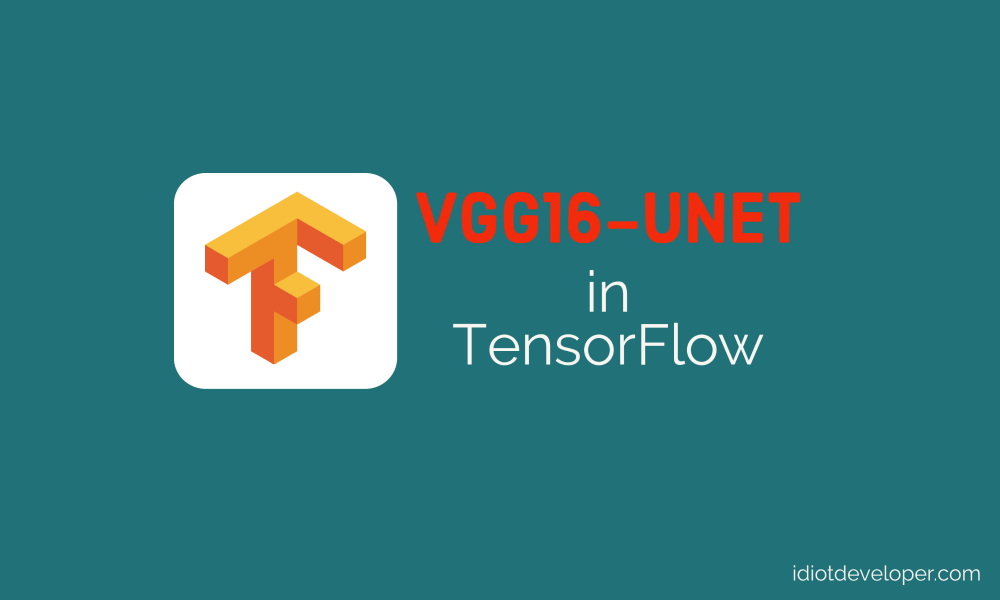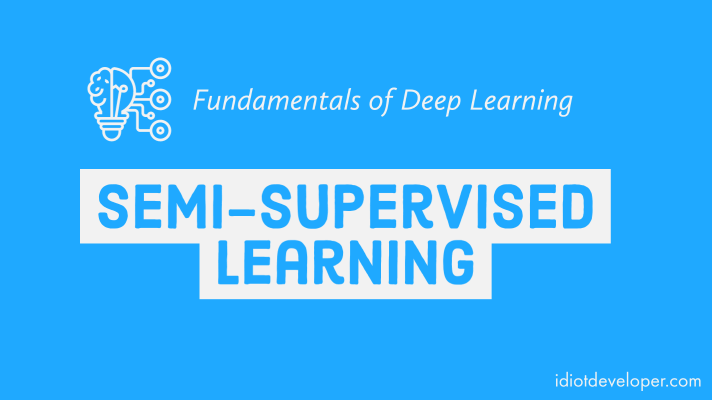U2-Net is a simple and powerful architecture designed for the purpose of salient object detection (SOD). It is a two-level nested U-shaped architecture built using the proposed ReSidual U-blocks (RSU). The U2-Net does not use any pre-trained architecture and is trained from scratch. The architecture comes with two variants: U2-Net Continue Reading
cnn
Simple Object Detection with Bounding Box Regression in TensorFlow
Object detection is a fundamental task in computer vision that involves identifying and locating objects within an image or video. In this post, we will be discussing a simple method for object detection using bounding box regression in TensorFlow. Bounding box regression is a technique used to predict the location Continue Reading
Activation Function – Basics of Deep Learning
Deep learning is a subset of machine learning that utilizes neural networks with multiple layers to analyze and identify patterns in data. One of the key components of deep learning is the activation function, which is responsible for determining the output of each neuron in the network. In this blog Continue Reading
Human Face Landmark Detection in TensorFlow using Pre-trained MobileNetv2
Today, in this blog post, we will learn how to train a Convolutional Neural Network (CNN) to detect human facial landmarks, such as eyes, mouth, nose, jawline and more. We will use the pre-trained MobileNetv2 from TensorFlow to build our model and then train it on Landmark Guided Face Parsing Continue Reading
VGG19 UNET Implementation in TensorFlow
In this tutorial, we are going to implement the U-Net architecture in TensorFlow, where we will replace its encoder with a pre-trained VGG19 architecture. The VGG19 is already trained on the ImageNet classification dataset. Therefore, it would have already learned the required features, which would help to boost the overall Continue Reading
Why Deep Learning is not Artificial General Intelligence (AGI)
With the development in the field of deep learning, it has become a frontier in solving multiple challenging problems in computer vision, games, self-driving cars and many more. Deep learning has even achieved superhuman performance in some tasks, but still, it lacks some fundamental features which are required for a Continue Reading
VGG16 UNET Implementation in TensorFlow
In this article, we are going to implement the most widely used image segmentation architecture called UNET. We are going to replace the UNET encoder with the VGG16 implementation from the TensorFlow library. The UNET encoder would learn the features from scratch, while the VGG16 is already trained on the Continue Reading
Squeeze and Excitation Implementation in TensorFlow and PyTorch
The Squeeze and Excitation network is a channel-wise attention mechanism that is used to improve the overall performance of the network. In today’s article, we are going to implement the Squeeze and Excitation module in TensorFlow and PyTorch. What is Squeeze and Excitation Network? The squeeze and excitation attention mechanism Continue Reading
Semi-supervised Learning – Fundamentals of Deep Learning
Semi-supervised learning is a type of machine learning where we use a combination of a large amount of unlabelled data and a small amount of labelled data to train the model. It is a hybrid approach between supervised learning and unsupervised learning. The basic difference between the two is that Continue Reading
What is UNET?
UNET is an architecture developed by Olaf Ronneberger and his team at the University of Freiburg in 2015 for biomedical image segmentation. It is a highly popular approach for semantic segmentation tasks. It is a fully convolutional neural network that is designed to learn from fewer training samples. This architecture Continue Reading








